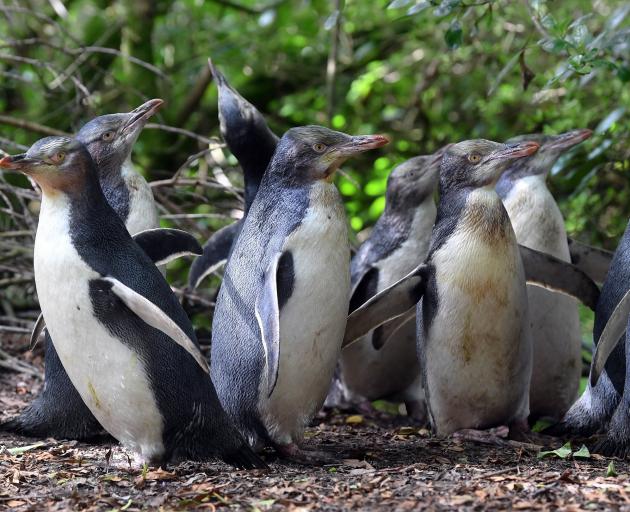

He felt that one reason for yellow-eyed penguin, or hoiho, conservation not moving fast enough was that "we do not know enough".
However, with the new research, there could be no excuses, he said.
"We have the best data set we could ask for to identify which areas need protection."
The research, carried out under a Department of Conservation contract, will help inform decision-makers about what areas are sensitive and important for hoiho.
Previously, the tracking done was "opportunistic" and had not provided the full picture, Dr Mattern said.
The contract meant more area could be covered, including at Stewart Island, which proved to be valuable.
"These birds are doing stuff quite differently from the birds we have on the mainland."
On the mainland, hoiho commonly foraged about 10km to 15km from the coast.
But in Paterson Inlet, most penguins foraged only within the confines of the inlet.
Dr Mattern said the complete data supported the view proposed marine reserves would do "diddly-squat" for hoiho.
The proposal is to establish marine reserves and protected marine areas along the southeast coast of the South Island, including six marine reserves where marine life would be fully protected and fishing banned, to be administered by Doc.
Also set to speak at tomorrow’s symposium is Penguin Rescue scientist Dr Hiltrun Ratz.
She will present its annual season report which, this year, shows promising results for the Moeraki colony.
After four years, nest numbers had gone up, she said.
Numbers increased from 38 breeding pairs in previous seasons to 41 pairs this year, and 65 chicks fledged.
There were also five new breeding females.
"We know of a number of 3-year-old females about the place that we hope will find a good-looking boy and start a family," Dr Ratz said.
Yellow-eyed Penguin Trust general manager Sue Murray said the symposium was an opportunity for the community to come together, share their experience with conserving the species, and build understanding through sharing those results.
It will be held at the University of Otago, Archway 2 Lecture Theatre, from 9am until about 4pm.












